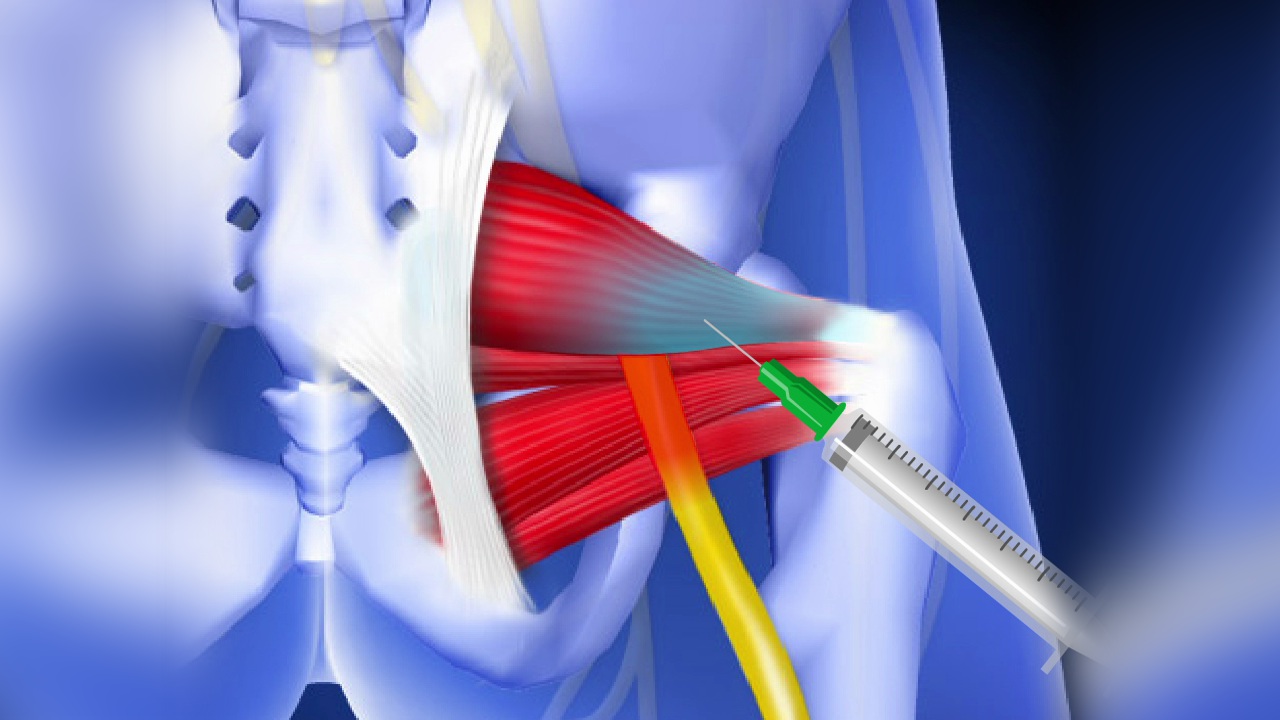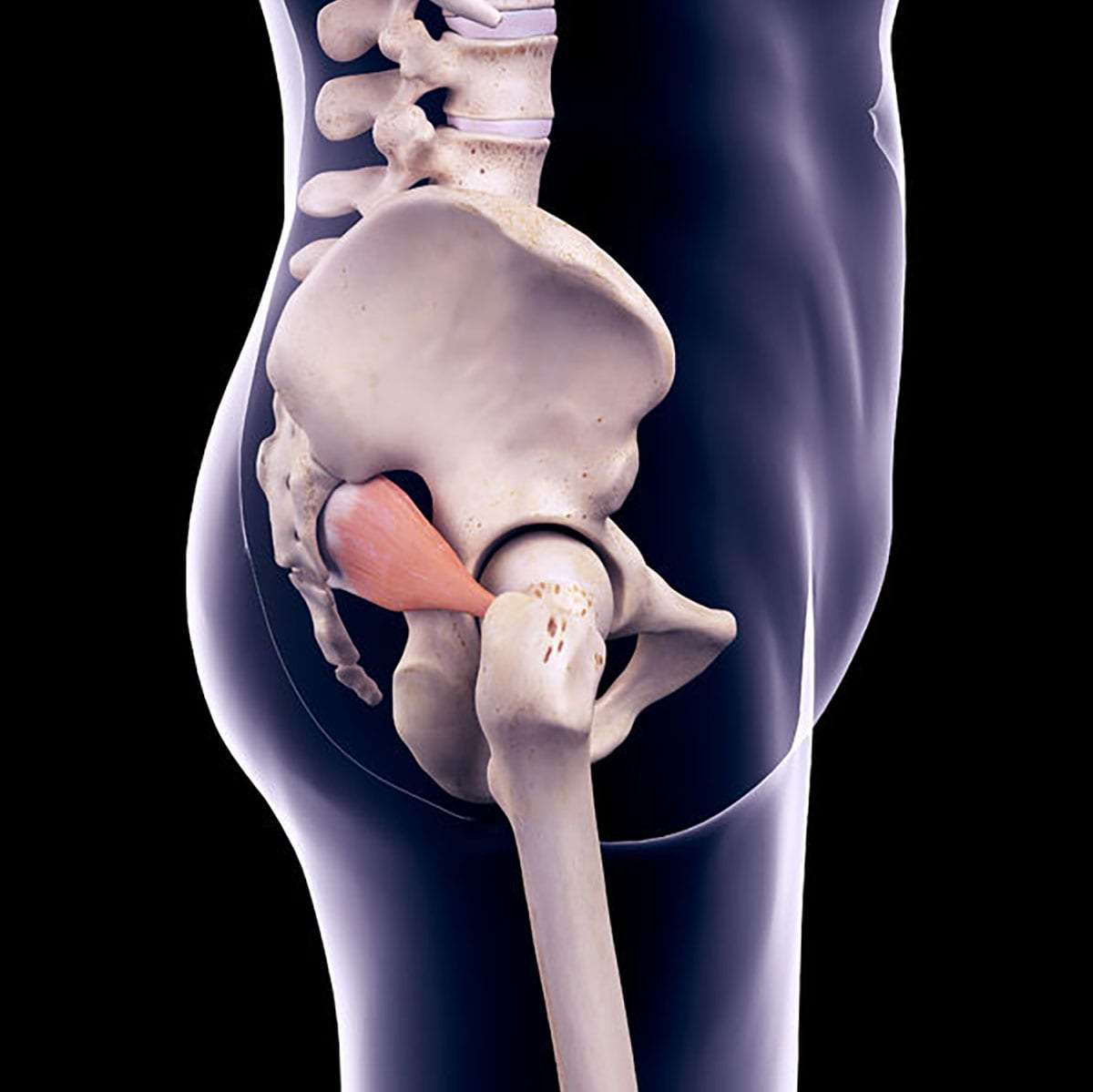10 Piriformis Stretches To Get Rid Of Sciatica, Hip, And Lower

About 5 Things to Know About the Piriformis Stretch - Healthline

The sciatic nerve travels through the pelvis, passing under the front surface area of the piriformis muscle as it takes a trip through the pelvis. It then cuts into 2 branches prior to decreasing each leg, branching off at the back of the knee to divide into the tibial and peroneal nerves, both of which supply the lower leg and foot.

Patient Education - Concord Orthopaedics

< Keep Checking Back Here ="display:none" itemprop="caption">The Piriformis Muscle and Where it Attaches and its Actions - Yoganatomy
The sciatic nerve is accountable for flexing the knee, bringing the thighs together (adduction), and flexing and extending the ankles and toes. It also provides experience to the back of the thigh, the whole lower leg, the ankle, and the sole of the foot. The piriformis muscle comes from at the front of the sacrum near the sacroiliac joint pill and connects to a bony knob on the femur (thigh bone) at the outer part of the hip.
It also provides stability while strolling, running and standing. Normally, the sciatic nerve passes straight beneath the piriformis prior to continuing down the back of the thigh. However for some, the sciatic nerve passes straight through the piriformis predisposing such individuals to piriformis syndrome, which might also be referred to as piriformis sciatica (as opposed to real, or discogenic, sciatica).

Innervation and arterial supply of the piriformis - Complete Anatomy
The Buzz on Piriformis Syndrome - Midwest Spine & Brain Institute
Preserving that position for extended periods can cause discomfort that radiates down one leg. Other signs may include: Pain in the opposite sacroiliac joint Discomfort with sitting standing or strolling for more than 20 minutes Extreme discomfort with sitting or squatting Pain and/or paresthesia (pins and needles, pins and needles, burning, tingling, or itching sensations) radiating from the sacrum down the back of the thigh, typically stopping above the knee Discomfort that improves with motion Discomfort when standing up from seated or crouching Foot tingling That's why it's so simple to error piriformis syndrome for sciatica; they have a number of the exact same symptoms.
This is known as primary piriformis syndrome and happens when you have a split piriformis muscle, divided sciatic nerve, and/or an atypical sciatic nerve path. Secondary piriformis syndrome is far more common and is caused inflammation of soft tissues, muscle convulsion or both, leading to nerve compression. Direct trauma to the butt can result in swelling, scarring and contractures of the piriformis muscle This may be the result of a major occasion like a car mishap or a fall.
